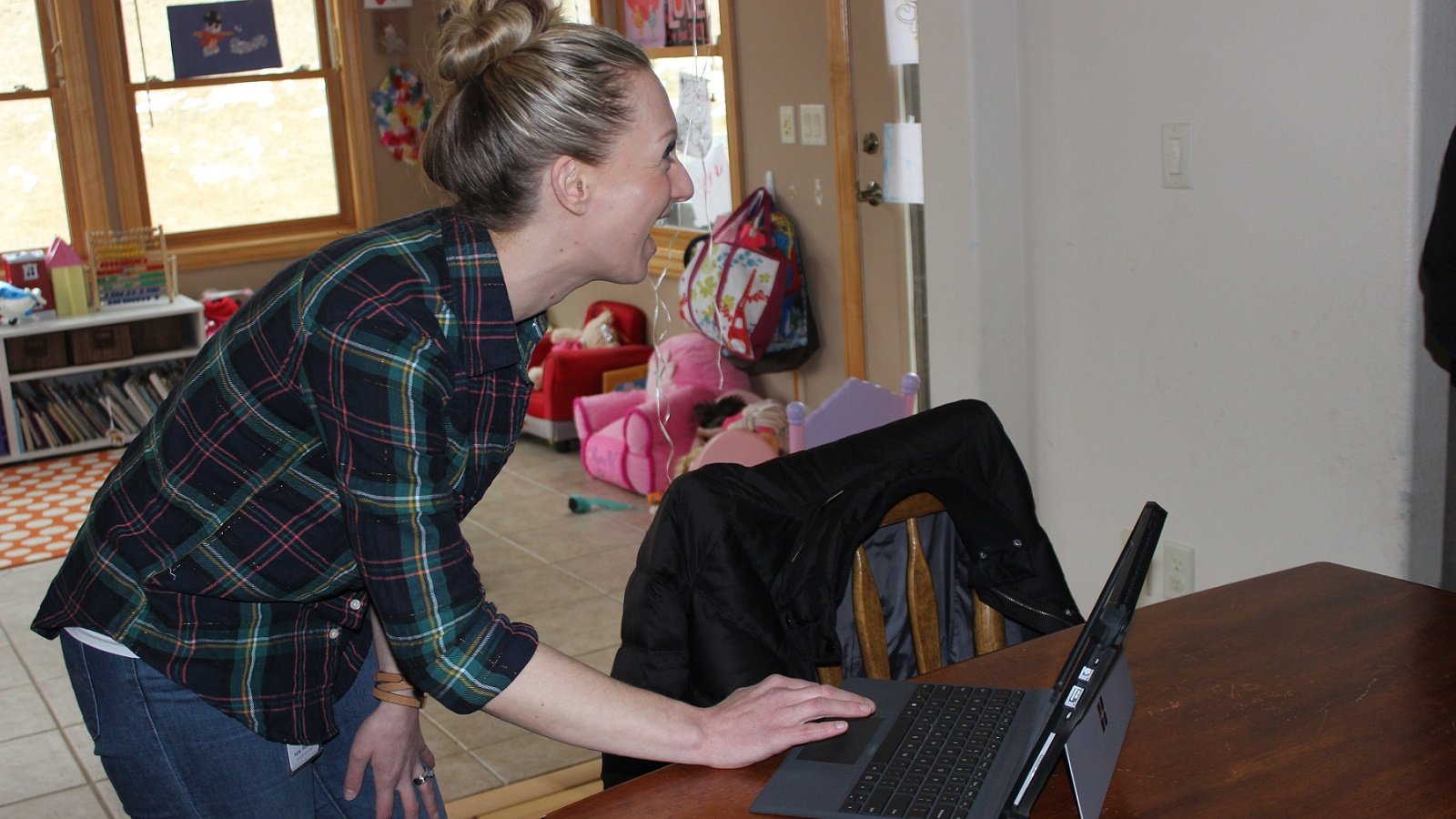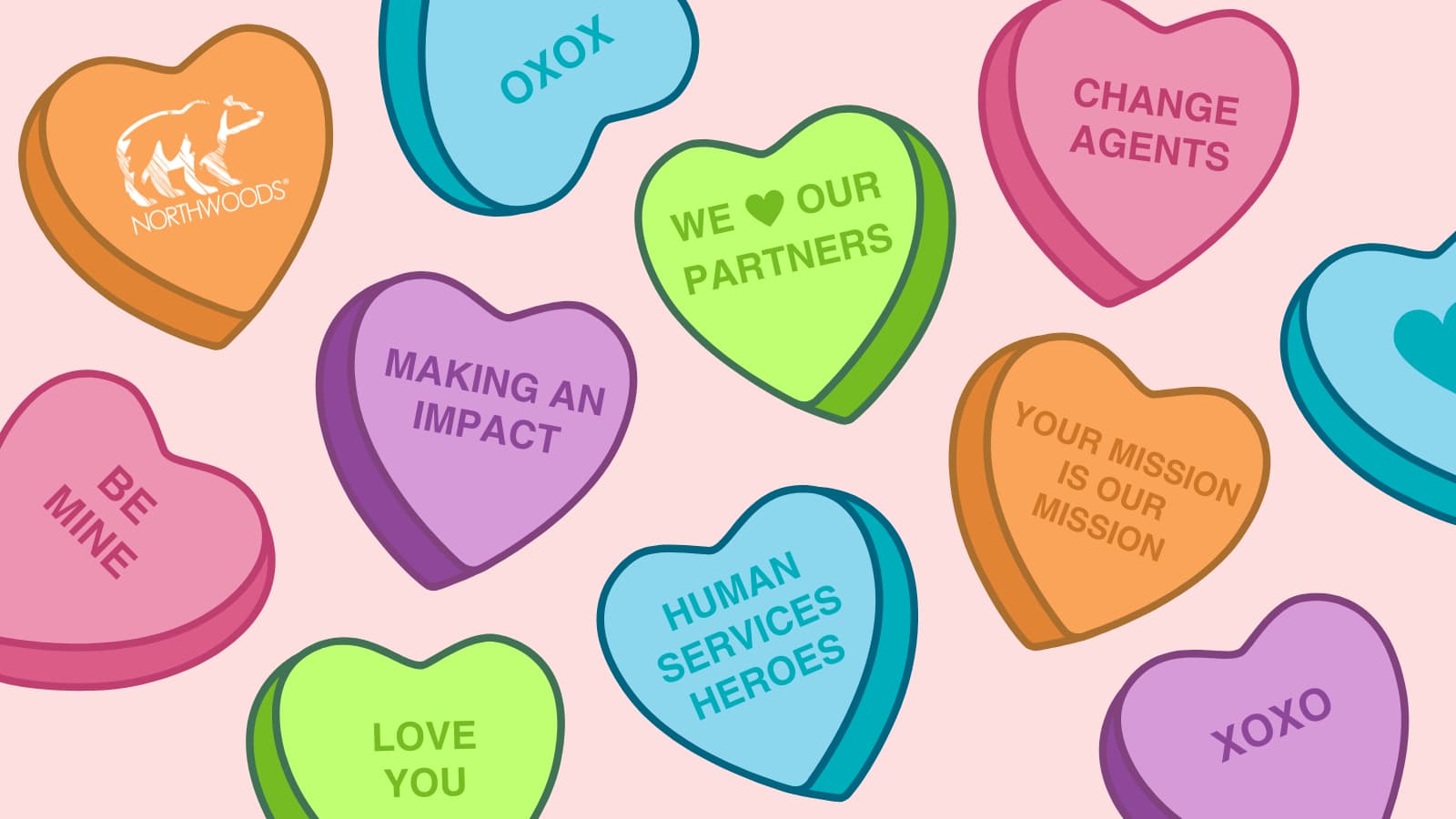“Even when child protective services is engaged, proactive help is rarely forthcoming. Despite the good intentions of system administrators and caseworkers, the cumulative result is too many families — and millions of children — dangling on the fringes of security and stability. This story is not destiny. The key is to modify the child welfare paradigm from one of reaction to one of prevention. We can do this by changing the basic question animating the entire modern child welfare system from ‘Is this child safe?’ to ‘What do families need to thrive?’”
Read MoreBlog
Our blog isn’t about us. It’s about you. We discuss business challenges and real issues human service agencies and caseworkers face everyday. You’ll find traditional human services software articles about things like document management for human services and social work technology. But you’ll also find inspirational stories to boost caseworkers’ spirits and tools to help agencies find and gain support for technology in human services.
New Ideas and Innovations Aiming to Fill the Gap in Child Welfare
National Foster Care Month: Organizations Doing Amazing Work for Kids
National Foster Care Month recognizes the role that each person can play in enhancing the lives of more than 463,000 children and youth in foster care, plus hundreds of thousands more who have aged out or found permanent homes. To honor it, we’re shining the spotlight on national and local organizations across the country doing amazing work to support kids, families, and the foster care community.
Read MoreSocial Services SOS: Creative Solutions to Stabilize Staffing
High turnover and low retention in human services, particularly child welfare, is not new. We've been talking about it for decades. For the last several years we've discussed social work burnout, worker well-being, and retention and recruitment strategies on our blog as well.
The consequences of high turnover are felt by both agencies and the citizens they serve. In nearly every Annual Progress and Services Report (APSR) published in the last couple years by the states, staffing issues are cited as a main barrier towards agencies meeting their goals for improving service and making progress towards important system changes. It is also well documented that turnover of caseworkers negatively impacts child and families.
It feels dire, and it sure keeps many leaders across the country up at night. But what gives us hope is that so many industry leaders refuse to give up trying to create more sustainable systems that support better, more equitable delivery of services.
Read More5 Must-Haves for Mobile Technology in Child Welfare
Child welfare agenciesare always adapting. As the landscape continuously shifts, so do the demands on child welfare workers, who must be equipped with the right tools to respond quickly and effectively, no matter where they are.
Mobile technology enables workers to stay connected, access and share important information on the go, and streamline their work. In turn, workers can focus on fostering relationships, providing holistic support, and helping families make positive change to achieve their goals.
Read MoreDear Social Workers, Thank You for Showing Up.
Social workers are some of the most resourceful, creative, and passionate people in the world. It’s just one of the reasons we're so appreciative of your unwavering commitment to serve. No matter the circumstances, you always rise to the occasion. Thank you for being a source of stability and strength for the families and individuals who rely on you.
We know it can be hard to stay positive and keep fighting given everything going on in the world right now. We want to share some stories and quotes about the amazing work you do in hopes that it helps boost your spirits on tough days. Read MoreCelebrating Social Workers: A Roundup of Resources You Need to Succeed
Social Work Month is one of our favorite months of the year. We love shouting from the rooftops about the superhero work you do to support and empower vulnerable kids, adults, and families. You are a shining light, a beacon of hope for those who need it, and we thank you for all that you do.
Read MoreStories from the Heart: Reflecting on Our Impact in Human Services
Ask anyone at Northwoods what has made us successful for the last twenty years and they’ll say it’s our mission-driven people who love nothing more than making an impact. We truly do love partnering with our customers throughout their change journey, and seeing our shared hard work make positive changes for workers, supervisors, administrators, and ultimately the people they serve. That focus on mission and love of witnessing transformation is our secret sauce.
In the spirit of Valentine's Day, I wanted to share some stories from those at Northwoods who work with our partner agencies every day. I asked our teams to share in their own words times they have felt they made an impact or were really proud of the work we accomplished with our customers.
Read MoreAnswering the Top 10 Questions on Buying Human Services Technology
“As directors, it is our sole responsibility to clear the path and move obstacles out of the way for people to stay in our agency. Any time you can give caseworkers more time with families, it helps with their morale and their balance. That ultimately has a positive impact on the work we’re doing.” – Joe Kellerby, Child Welfare Director, Mesa County Department of Human Services
This quote from one of our customers underscores why technology has such a huge impact in human services. Technology allows workers more time to do the job they signed up to do—assisting clients in being healthy, safe, and successful—which is critical for supporting and sustaining the workforce.
Yet, buying technology can still be incredibly difficult, especially for agencies who haven’t done it before. We know it’s overwhelming to navigate all the options available, so we created a technology toolkit to help your human services agency navigate the journey—from defining the problem you want to solve, to evaluating the right partners, to implementing and optimizing your solution. Here’s a quick preview of the top questions we answer.
Read MoreSolving Cybersecurity Problems in Human Services Before They Start
If you work in IT, the words “data breach” likely send shivers down your spine. If you work in IT for a human services agency, the stakes are even higher.
No one—agency or vendor—wants to be responsible for a security breach, ransomware attack, or data loss that compromises your system integrity, threatens your clients’ privacy, or delays your agency’s ability to deliver services to the people who rely on you.
Read MoreCan't Miss Conferences for Human Services in 2024
New year, new opportunities!
Since 2018, this blog post has been a go-to resource for readers looking for information about the best industry conferences to keep up to date on key issues, trends, and topics impacting human services. The list represents events that not only have amazing programming and speakers, but also build in time for attendees to network, share ideas, and discuss how they're addressing their latest opportunities and challenges.
Read More








